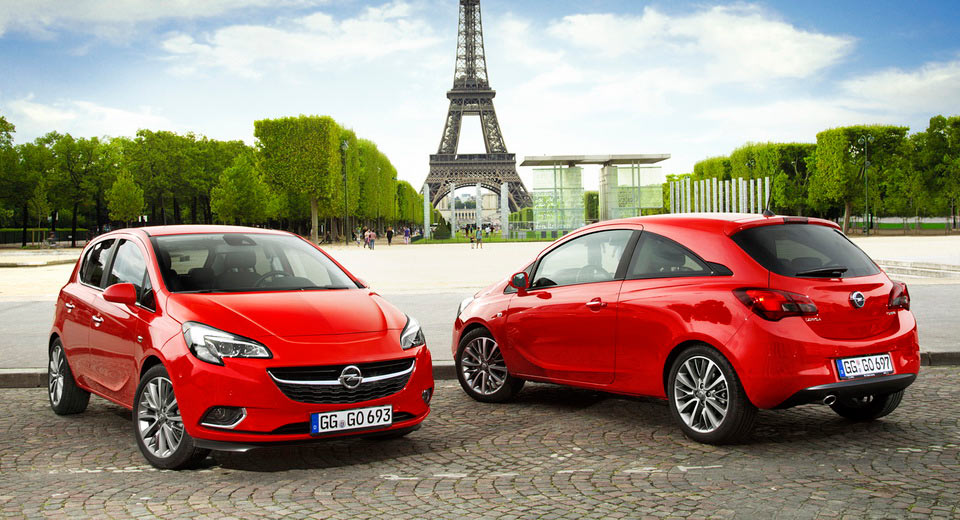While deals such as GM agreeing to sell Opel to PSA are based on way more than just the costs of one model, the highly-successful Opel Corsa may have had more to do with the transaction than we thought.
According to a key account manager at a major German supplier, GM’s problems in Europe included the Opel Corsa supermini, which at the moment is built on the same Fiat platform as its predecessor.
“One of the primary reasons [behind the sale] was GM had to develop a whole new B-segment platform just for the Corsa in order for Opel to meet future CO2 emissions regulations,” stated the account manager.
In other words, a Corsa built using a PSA platform wouldn’t have this problem, since Peugeot and Citroen (PSA brands) had the lowest and second-lowest CO2-emitting fleet in Europe in 2015, whereas Opel registered worse results than even luxury automakers like Mercedes or BMW, as reported by Autonews.
With that in mind, it’s easy to understand why GM may have had issues with the Corsa. Designing it on their own in order to meet EU requirements may have made it too expensive to sell in emerging economies, whereas if it was designed as a global vehicle, it may have fallen flat at home – which would have posed a huge risk given that the Corsa is Opel’s biggest volume model, with 264,000 units sold last year.
Opel has also been warned for the past four years that they’ve been running behind their rivals in terms of meeting 2021 CO2 obligations.
“What we saw from a product point of view and a regulatory point of view was a Europe, frankly, diverging from the rest of our global portfolio,” said GM President, Dan Ammann, in an interview during the Geneva Motor Show. “The requirements for Europe are becoming more and more unique.”









